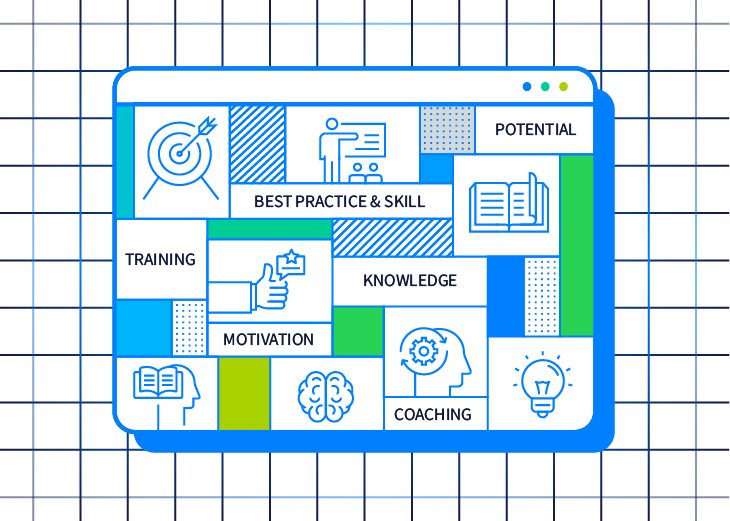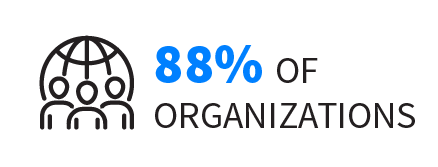

Many companies are looking for a better way to deliver training, especially to younger learners and frontline employees through mobile devices.

Poor User Experience is as one of the biggest obstacles to reaching satisfaction with learning technology. 48% of companies are still currently looking a new learning platform.

Switch LMSs because of bad UX.

In the workforce feel that their learning experience is boring and not relevant.

Search Google before asking a co-worker or using the company’s learning technology.
Are you looking for a new, second-generation LMS or an LXP?
-
- Then your current LMS is effective for traditional corporate learning to develop skills, competencies, and career paths for salaried corporate workers.
- However, there may be a better fit for remote, frontline, and hourly workers who spend their time on the road visiting customers or working in restaurants, retail locations, or other remote locations.
- Our research has shown that LMS adoption is under 10% for this crucial workforce segment.
Traditional LMS learning models of teach, study, test delivered on desktops and in classrooms are no match for modern, interactive, searchable, mobile micro-learning on the go.
This five question quiz should take less than 3 minutes, and will help you evaluate what’s best for your frontline workers and your business.

1. Brandon Hall Group’s LMS study: ‘LMS Trends: Installed vs SaaS Deployment‘